How to (Finally) Become a Faster Swimmer
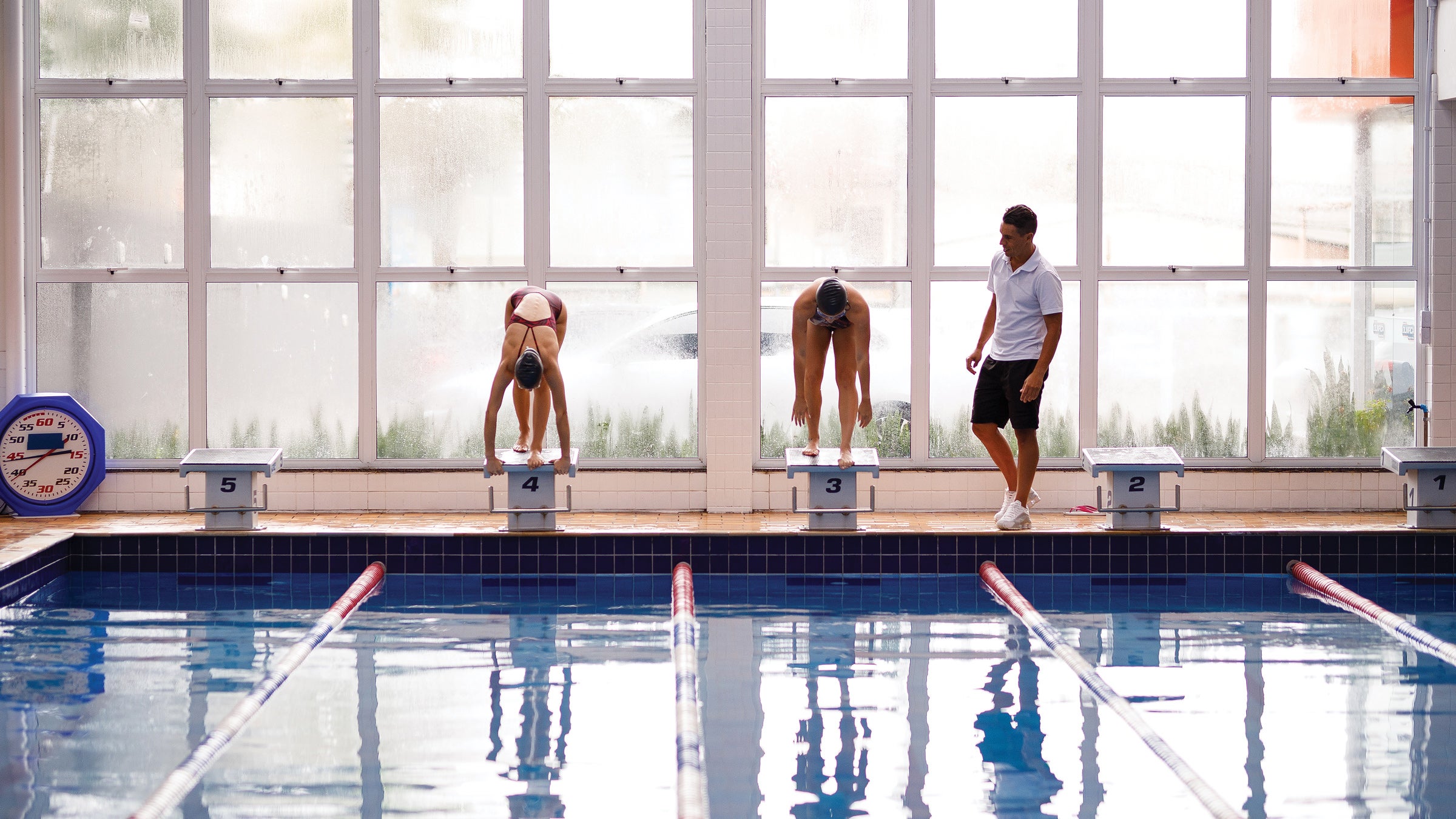
(Photo: Getty Images)
There’s no hiding from the fact that swimming is a technical sport, so in order to truly progress you need to learn and understand some basic stroke mechanics—and then you need to practice them a lot. Tower 26 founder Rodrigues has developed a three-step system to help simplify what can be a complex process. The three steps? Tautness, alignment, and propulsion. First grasp the concept and feeling of tautness in the water, he said. Only then can you progress to alignment and then propulsion.
RELATED: A 4-Week Training Plan to Help You Swim Better and Faster
Tautness
When we swim, we need to hold our bodies with just the right amount of muscular tension, or tautness. For new swimmers, adjusting to how their body feels in the water can be the hardest part. Accomplished swimmers learn how to hold their bodies in the water with great posture and positional strength by using the appropriate amount of muscular tension.
Key takeaways for achieving tautness:
- Maintain a fixed head position while swimming (unless turning your head to breathe).
- Focus on staying as long as possible with proper posture.
- Keep the back of your head, your butt, and your heels at the surface of the water.
- Kick from the hips, not the knees.
Alignment
Most technical mistakes occur in alignment, which means keeping our body aligned as we swim, and these mistakes usually center around three problems—incorrect head movement, rotation, or hand entry. Each of these problems can then create a domino effect. In order to optimize alignment, you should think of yourself in an imaginary channel and you want your arms and legs to stay in their respective channels.
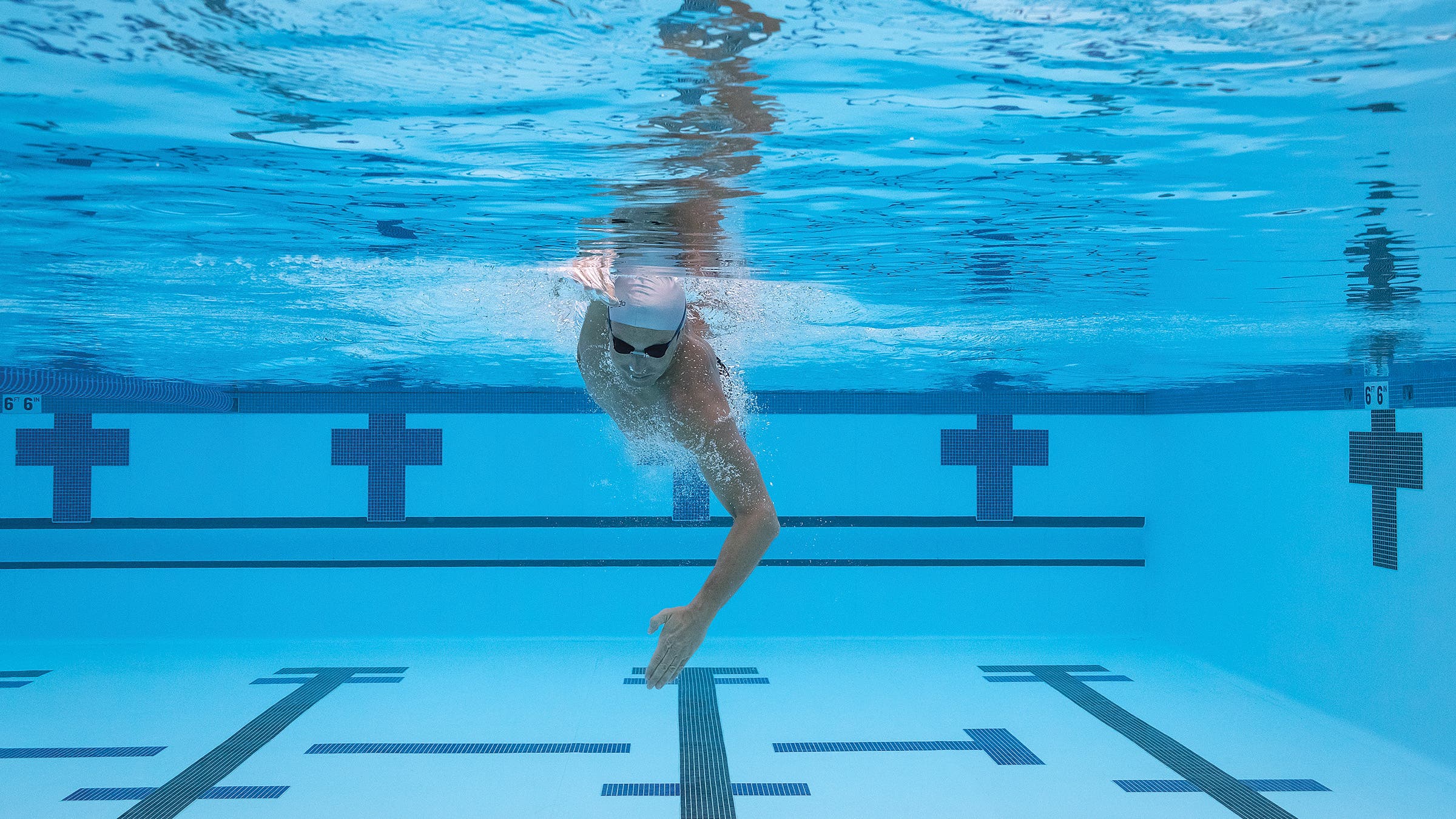
Key takeaways for achieving alignment:
- Your body should be in a straight line from your head to your toes; maintain that alignment as you swim.
- Your head remains aligned with your spine through all phases of your stroke.
- Your arms and legs remain in their respective channels. Your hand enters the water in line with your shoulder. As you extend your hand forward, keep it in a very specific space—do not let it cross the center line or sweep too far outward.
Propulsion
Propulsion consists of two phases: the set-up phase, also known as the catch, and the power phase. The set-up phase of the stroke should start with your arm extending forward and downward and involves you “catching” the water, ready to grab it and drive it backward. In the power phase, your hand should then drive backward, toward the hip, staying within its channel, and propelling you forward. This requires strength and acceleration: Your hand should accelerate through the water as it pushes back.
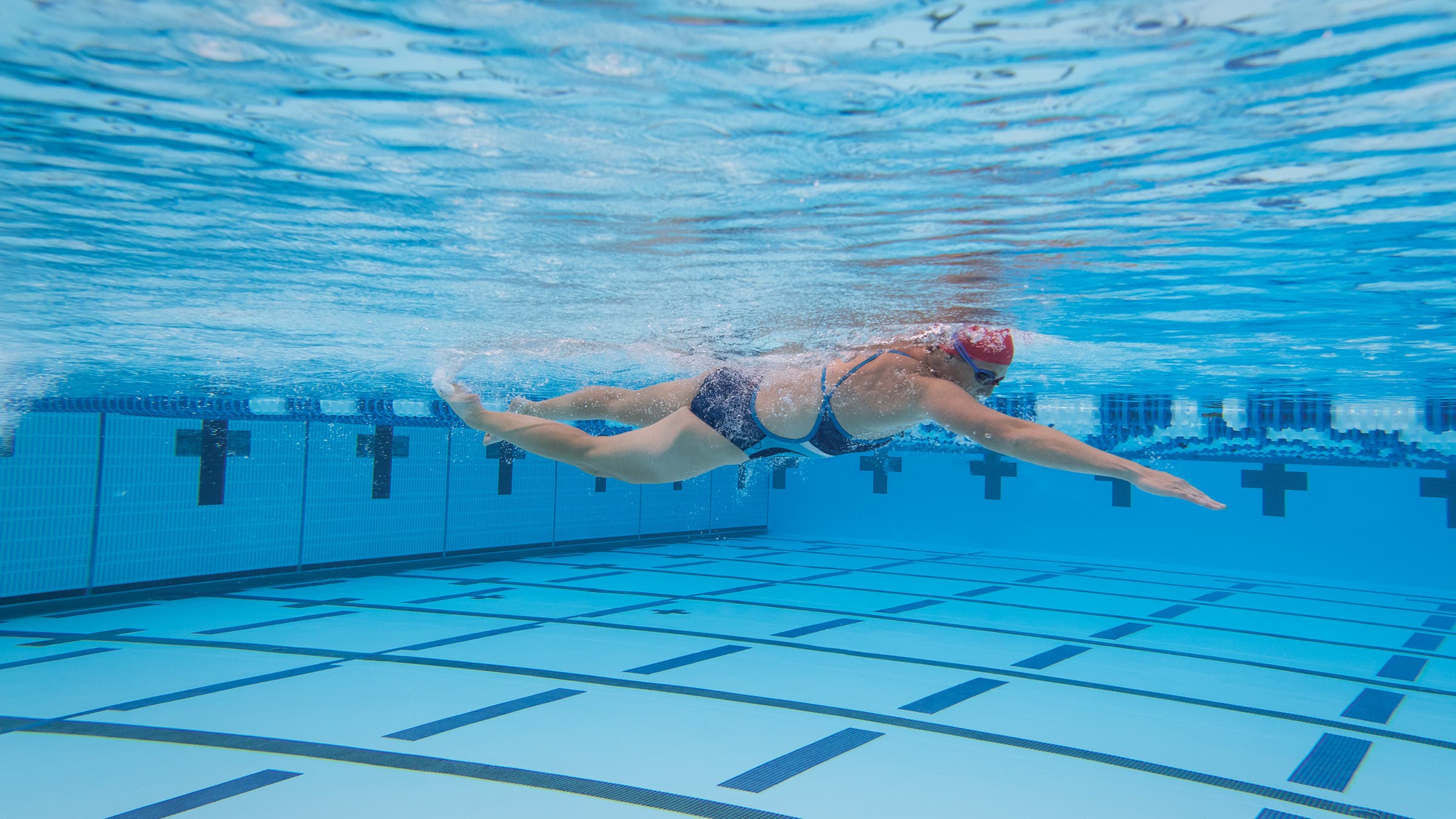
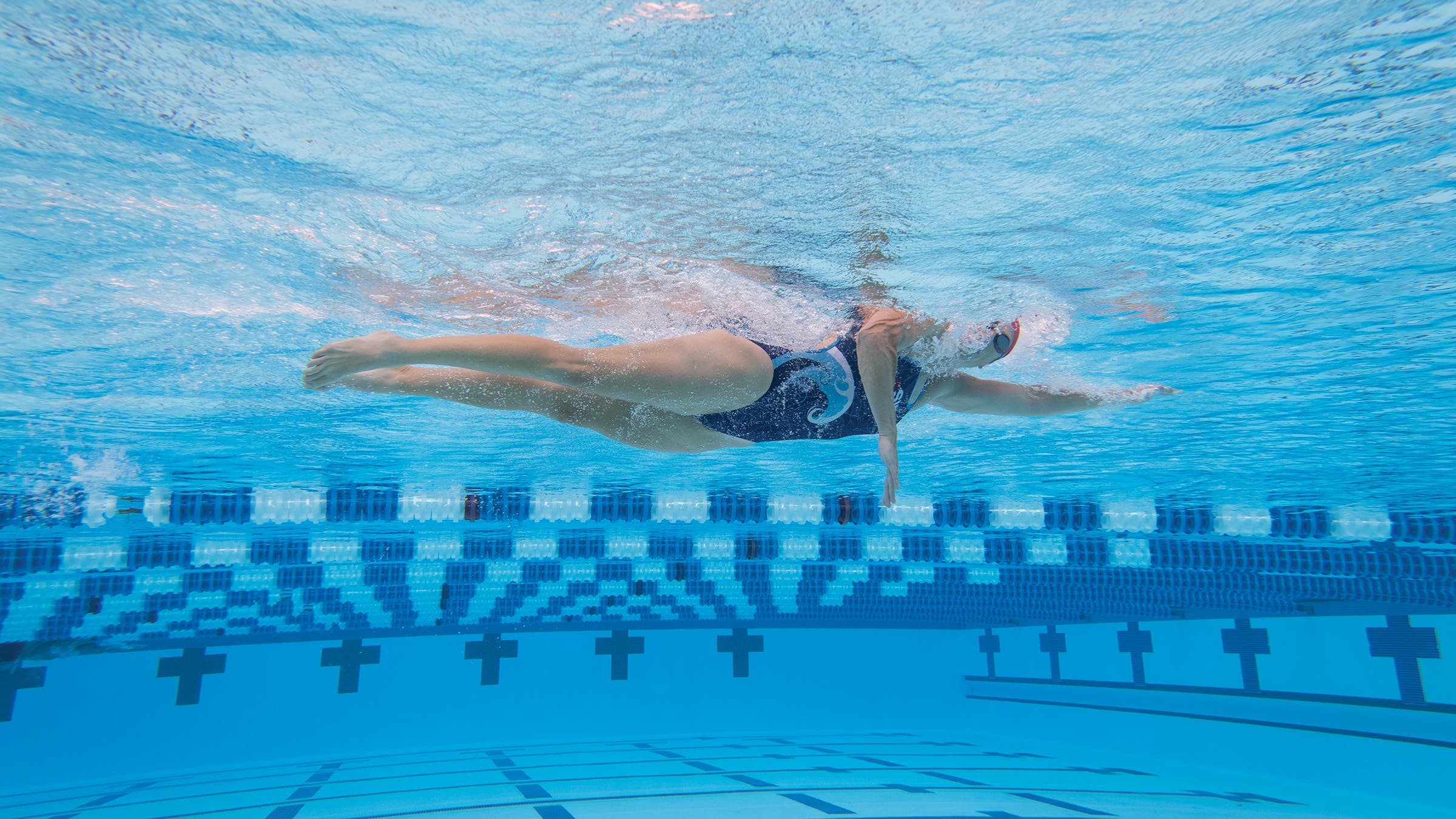
Key takeaways for achieving propulsion:
- Place your hand out in front of you, between your shoulder and your head.
- Keep a straight line from palm to forearm, with no bending at the wrist.
- Grab on to the water with your forearm and palm, fingertips pointed to the bottom of the pool. Think about gripping the water.
- After gripping the water, you want to push it backward while keeping a firm wrist, creating the longest possible pull until your hand exits at the hip to begin the arm recovery.
Practice, Practice, Practice
Once you have a clear understanding of tautness, alignment, and propulsion and can feel their effects in the water, the next step is consistent, dedicated practice.
Melgaard, who has been swimming for more than 40 years, believes that for most swimmers there will come an a-ha moment, when things click into place and begin to flow. “For most, this moment comes when they begin to get a feel for the water—that is, they can feel the water in their hand and know how to catch, pull, and push it backwards, coupled with correct body position,” she said.
It’s also important to not just focus on technique, but to build the technical work into training so you can progress your fitness as well as your stroke mechanics. Rodrigues focuses on four factors:
- Training prescription: Committing to a periodized training program that helps you develop endurance, speed, power, technique, and recovery.
- Training volume: Most triathletes do not swim enough—frequency is key and you should aim to swim at least three times a week, ideally for an hour each time.
- Improving swim mechanics: Integrate technical work into workouts.
- Accountability: Almost everyone will step up their game if they have a coach overseeing their progress, be it in person or remotely.
Where you are in your progression as a swimmer will determine which of these factors you might prioritize at any one time.
Drills
Of course, there is a time and a place to incorporate drills in every swimmer’s program. It is not uncommon for even the greatest of swimmers to have flaws in their stroke mechanics. Here are few common mistakes triathletes make, followed by drills to help fix them.
The Flaw: Head Too High, Body Too Low
When you lift your head too far out of the water, your hips drop and your legs sink, which is highly inefficient.
The Fix:
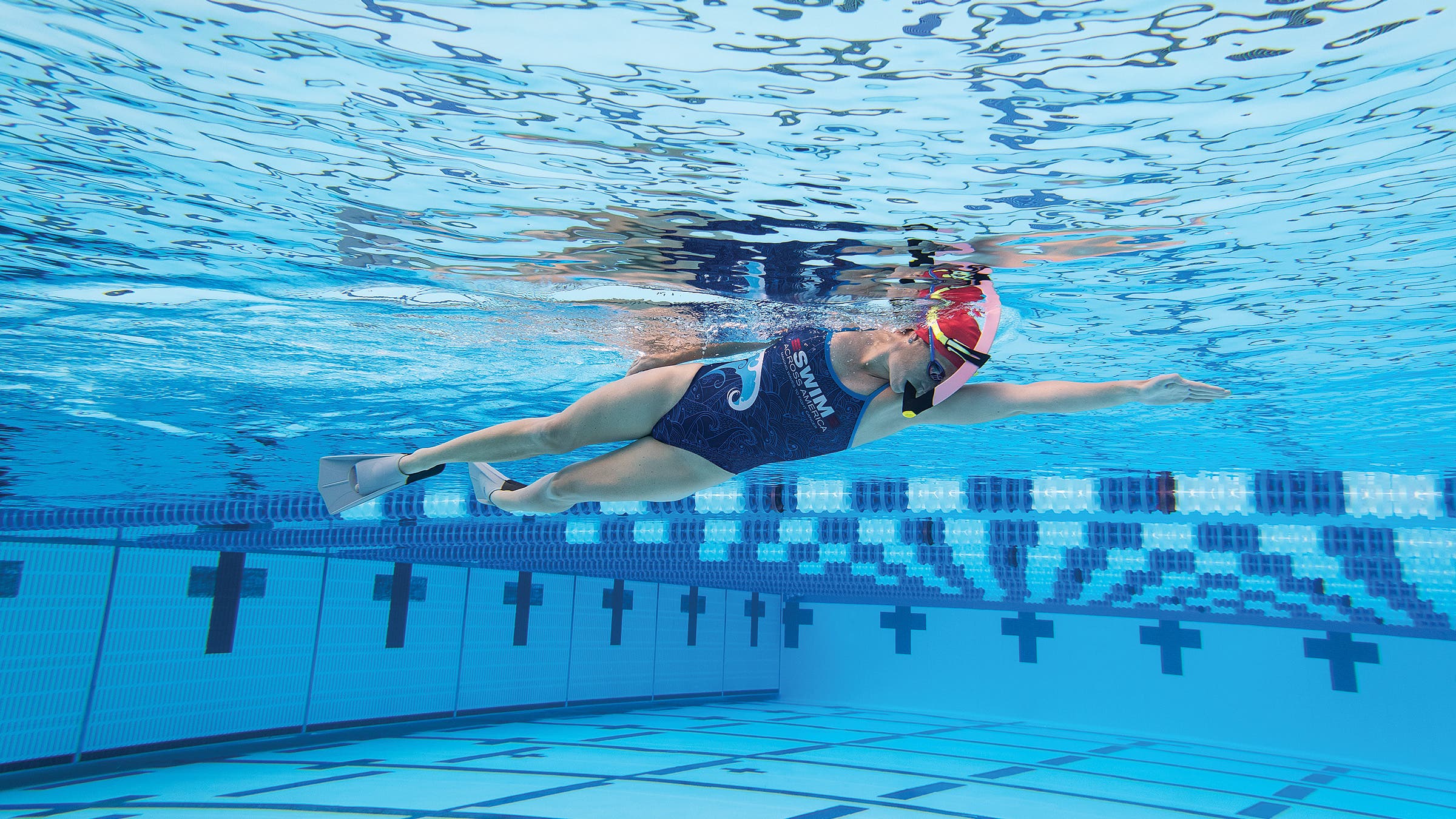
Spend time swimming with a front-mounted snorkel and fins. This allows you to experiment with your head position in the water without needing to worry about turning your head to breathe. Practice looking at the bottom of the pool and thinking about remaining as taut and aligned as possible.
The Flaw: Elbow Drops At Entry
The catch phase is one of the most important parts of your stroke. It’s common to see swimmers dropping their elbow during the entry, which prevents a proper catch.
The Fix:

One-Arm Drill: Concentrate on keeping your elbow high and imagine reaching over a barrel as your hand enters the water. Visualize moving your body over and past your hand, rather than sliding your hand past your body.
The Flaw: Incorrect Kicking
Many triathletes tend to kick from the knees, flex their feet, and/or scissor or splay their legs, all of which creates huge drag in the water.
The Fix:
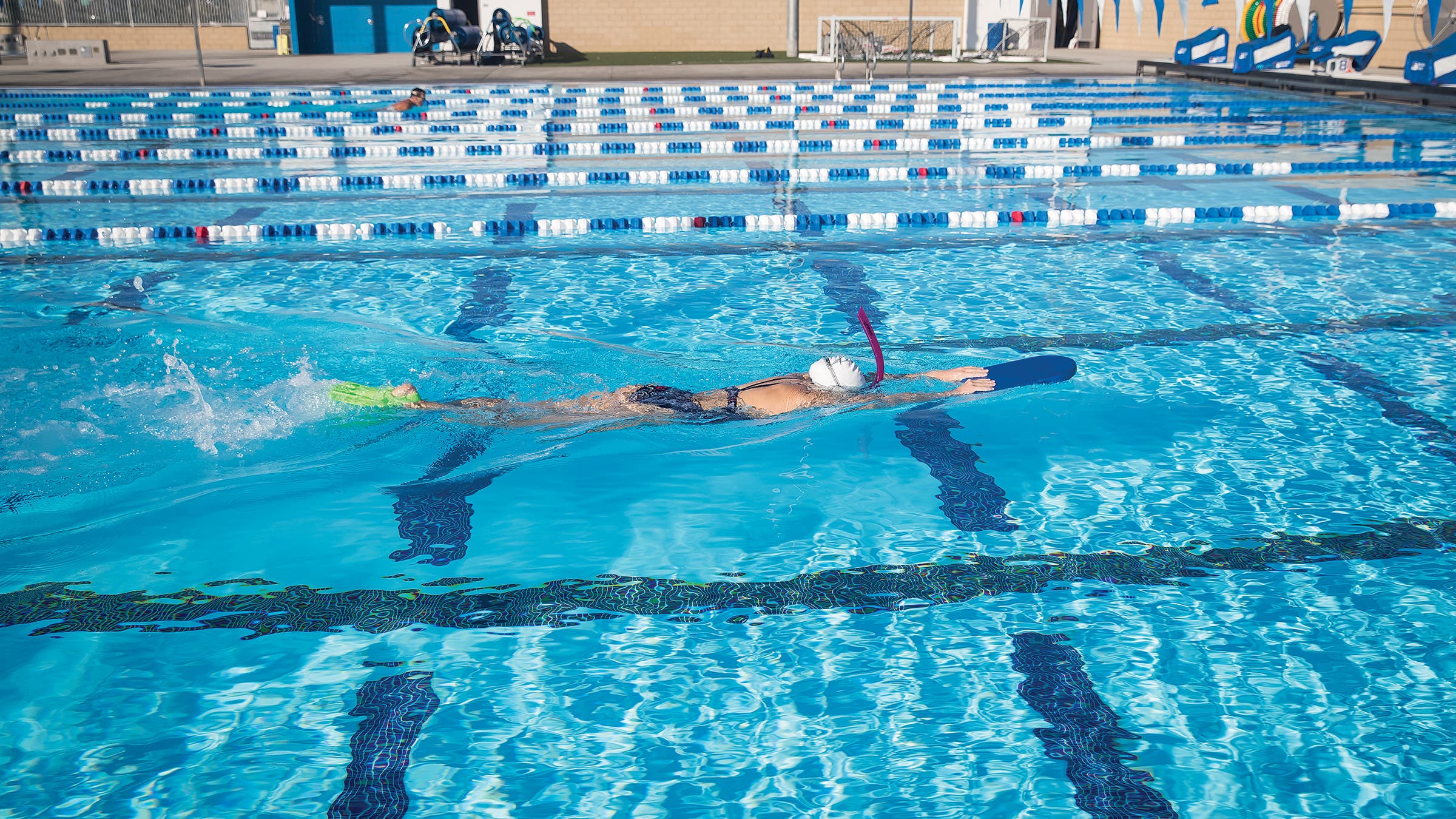
Try kicking with a kickboard and snorkel, also vertical kicking.
Equipment
What’s worth using and how to use it:
Front-Mounted Snorkel
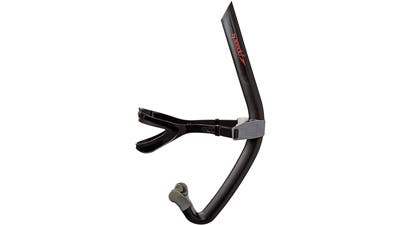
Helps keep your head stationary while focusing on different aspects of stroke mechanics
Pull Buoy
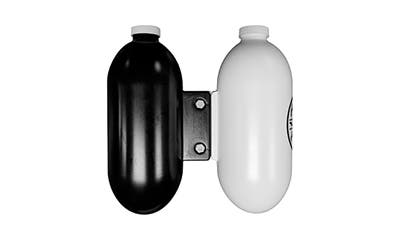
Helps lift your body position and legs
Tempo Trainer

Worn under your swim cap; emits a beep to help stroke rate
Ankle Strap/Band
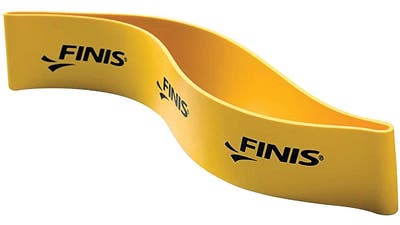
Used to lock your ankles in place when pulling
Neoprene swim shorts
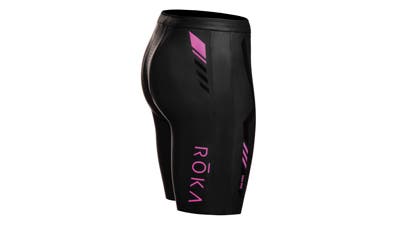
Provide great buoyancy, similar to wetsuit
Fins
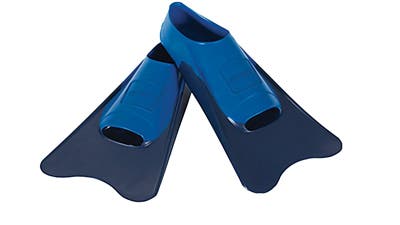
Great for beginners still learning the basics of stroke mechanics; can also be used for kick sets and speed work
See also:
- A Complete Guide to Triathlon Swimming
- A Beginner’s Guide for Learning How to Swim for Triathlon
- A 4-Week Training Plan to Help You Swim Better and Faster
- Video: New to Open-Water Swimming? Here’s Your Crash Course
- Video: Key Skills You Need to Become a Successful Open-Water Swimmer
- Video: These Advanced Skills Will Take Your Open-Water Swimming to the Next Level